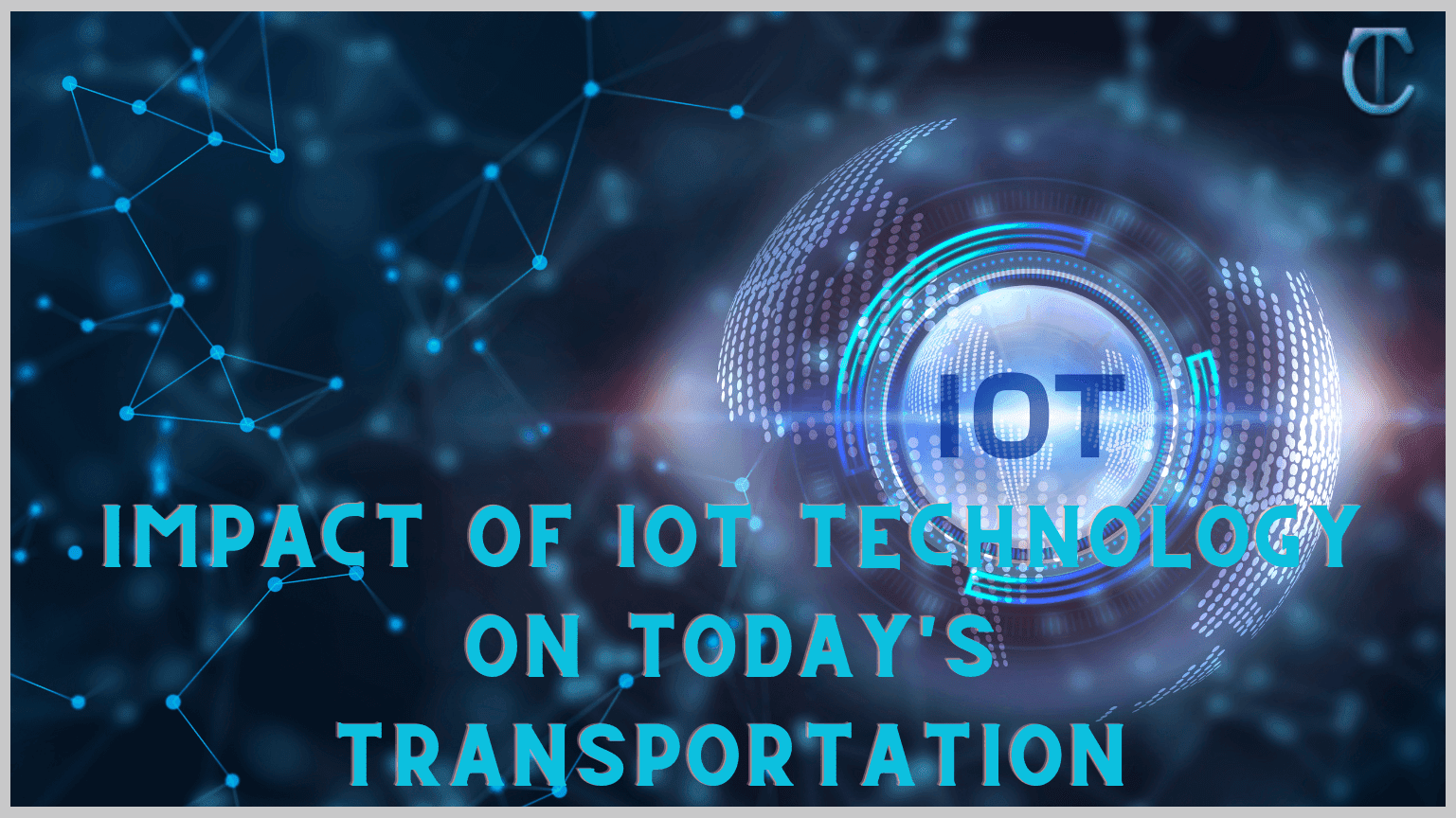Introduction
Most of today's vehicles have IoT connectivity, making going through traffic or airport security more accessible. Similarly, older cars can use their smartphones as digital wallets to pay a toll automatically. IoT helps transportation businesses to track shipments, manage drivers and optimize shipping routes in a streamlined fashion. It also enables them to cut costs related to staff inefficiencies.
Safety
The transportation industry relies on IoT devices' connectivity for various reasons, from traffic management to fleet telematics. Connected devices make the whole transit system more efficient and safer for travelers. Congestion is eliminated with systems that reroute drivers quickly, reducing pollution by allowing vehicles to spend less time idling. Safety is enhanced through intelligent traffic lights that monitor weather conditions, and first responders can communicate reliably with each other during a disaster. Devices provide priority and pre-emptive communication in times of crisis when spikes in civilian cell phone use could jam the existing communications networks. For companies with fleets, IoT devices help them optimize maintenance costs and reduce fuel consumption by monitoring vehicle health remotely. They can detect problems much earlier than before, so they can keep their customers on the move instead of waiting for a ride or sitting in traffic.
Traffic Management
The application of IoT in transportation improves efficiency and reduces costs. This solution also helps reduce congestion, minimize environmental impact, and increase the safety of commuters. IoT devices in vehicles connect to a central system that processes data and displays it on the vehicle's dashboard. These devices can identify potential hazards, such as lane departure, and warn the driver. They can also provide real-time road information and suggest alternate routes, helping drivers avoid accidents.
The IoT transportation ecosystem requires robust cybersecurity measures to protect sensitive information from hackers. It includes implementing secure authentication protocols and high-speed data transmission networks. In addition, government funding may be necessary to upgrade infrastructure to enable IoT technologies in transportation. Deploying fiber optic connections to enable high-speed communication between devices and shorten the time it takes for data to be delivered might be a part of it. It will allow transportation and logistics companies to better serve their customers by saving money and time.
Asset Tracking
The ubiquity of IoT means that sensors and devices are now embedded in every aspect of transportation. IoT-based systems can track vehicle location, monitor power and temperature to improve reliability, enable real-time remote maintenance, and deliver data-driven decisions. Traffic congestion is a huge problem that wastes billions of dollars in fuel, weakens productive work hours, and aggravates commuters everywhere. Smart city IoT applications can create traffic management systems that minimize congestion and prevent crashes. Telematics solutions empower public transit operators to communicate with drivers and provide real-time information on various factors, such as speed, driving behavior, and fuel efficiency. For logistics and trucking, sensor-enabled vehicles enable route optimization and automation to save operational costs – including optimizing battery use and monitoring and reporting on refrigeration status.
Fleet Management
A fleet of vehicles, trucks, cars, trains, UAVs, and more is at the core of any transportation system. IoT technology transforms fleet management and logistics, helping companies create connected insights across departments and drive lasting change. By adding IoT sensors to vehicles, companies can track real-time activity and identify inefficient work processes. It can help reduce fuel spend, improve driver safety, and ensure on-time delivery.
Conclusion
Additionally, telematics solutions can enable trucking companies to monitor driver performance and communicate that information directly with dispatchers through machine-to-machine communication, reducing the need for manual reports from drivers. It allows for more accurate scheduling and route planning and extends vehicle lifespans through effective maintenance strategies. Railway systems are complicated systems with lots of moving parts, so IoT technologies like sensors that monitor performance on brakes, engines, wheels, and tracks can help manage these complex systems more effectively. It means better service for passengers with fewer delays and disruptions.



Post A Comment:
0 comments: